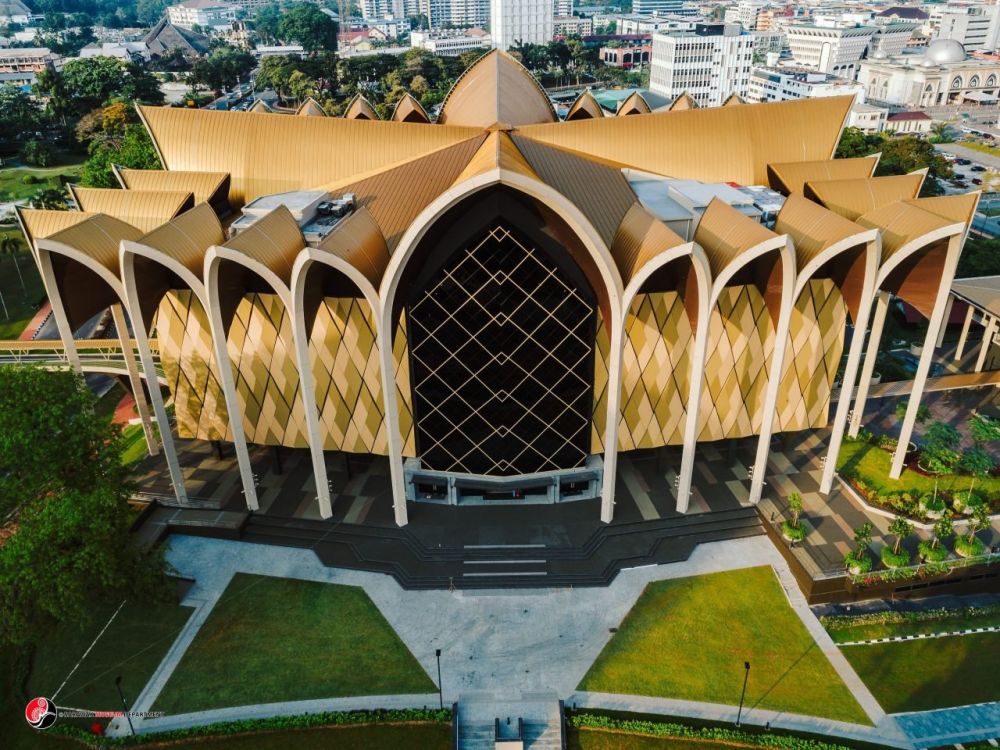

The Sarawak Museum Complex in Kuching, Malaysia, is a focal point of history, heritage, and culture in this vibrant region. Established in 1891, on the initiative of Charles Brooke, the second White Rajah of Sarawak, it is one of the finest museums in Southeast Asia. The museum has since evolved into a major educational attraction, with its historical building and artifacts drawing in both local and international tourists.
With its rich collection of Bornean ethnographic artifacts, natural history exhibits, and archaeological discoveries, the Sarawak Museum Complex offers a comprehensive insight into the region's past. Its establishment was pivotal in preserving the cultural artifacts and biodiversity of Borneo for future generations.
Tourism at the Sarawak Museum Complex has flourished over the years, especially after Malaysia's independence in 1957. As part of the effort to promote cultural heritage, the museum complex became a significant player in the burgeoning tourism industry of Sarawak.
Significant upgrades and expansions throughout the years, including the addition of the new wing in 1971 and later renovations, have helped maintain the museum's status as a premier tourist destination. The museum complex has consistently attracted tourists thanks to its diverse and extensive exhibitions, which showcase the unique cultural tapestry of Sarawak's numerous ethnic groups.
With advancements in technology and the rise of experiential travel, the Sarawak Museum Complex has kept pace with the latest tourism trends. Interactive displays, digital archives, and improved museum facilities provide a more engaging and informative experience for visitors.
The recent completion of the new Sarawak Museum Campus, which is part of the complex, is expected to redefine the museum experience with state-of-the-art exhibition spaces and conservation facilities. This development indicates a shift towards incorporating modern amenities while preserving the site's historical integrity.
Sustainability in tourism is another trend that has been embraced by the museum. Efforts such as the use of energy-efficient lighting and climate control systems in the galleries not only preserve the artifacts but also align with eco-friendly tourism practices.
In response to global health and safety concerns, the Sarawak Museum Complex has implemented measures to ensure a safe and hygienic environment for visitors, including regular sanitization processes and the management of visitor flows to maintain social distancing.
Educational programs and workshops are also a growing trend in the museum tourism sector. The Sarawak Museum Complex often organizes such initiatives to connect with a younger audience and educate them about the historical and cultural significance of Borneo.
In conclusion, the Sarawak Museum Complex continues to be a leading tourist beacon in Kuching, celebrating Sarawak's rich heritage while adapting to the changing dynamics of the tourism industry.